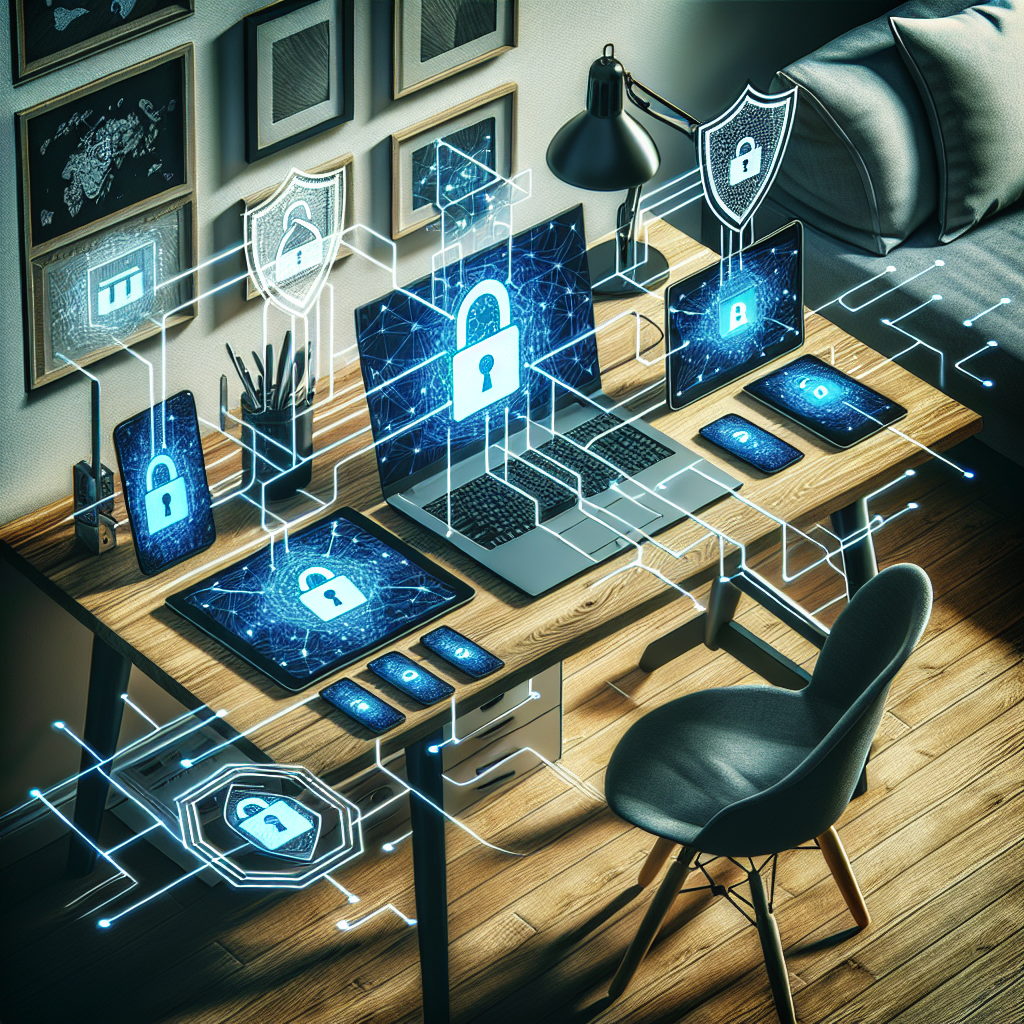Cybersecurity for Remote Workers: Ensuring Secure Connectivity
In today’s digital age, remote work has become increasingly common. With the rise of technology and the internet, more and more employees are able to work from the comfort of their own homes or on-the-go. While this flexibility can be convenient, it also comes with its own set of challenges, particularly when it comes to cybersecurity.
Remote workers are often more vulnerable to cyberattacks because they are not protected by the same security measures as employees working in a traditional office setting. This means that they need to take extra precautions to ensure that their data and devices are secure.
One of the most important aspects of cybersecurity for remote workers is ensuring secure connectivity. This involves using secure networks and protocols to protect sensitive information from hackers and other cyber threats. Here are some tips for remote workers to ensure secure connectivity:
1. Use a VPN (Virtual Private Network): A VPN creates a secure, encrypted connection between your device and the internet, making it difficult for hackers to intercept your data. It also allows you to access company resources securely, even when working from a public Wi-Fi network.
2. Enable two-factor authentication: Two-factor authentication adds an extra layer of security by requiring a second form of verification, such as a code sent to your phone, in addition to your password. This can help prevent unauthorized access to your accounts and devices.
3. Keep your software and devices up to date: Regularly updating your operating system, apps, and antivirus software can help protect against known vulnerabilities and security threats. It is important to install updates as soon as they become available to minimize the risk of cyberattacks.
4. Use strong, unique passwords: Avoid using easily guessable passwords, such as “password123” or “123456.” Instead, use complex passwords that include a mix of letters, numbers, and special characters. Consider using a password manager to securely store and generate unique passwords for each of your accounts.
5. Avoid clicking on suspicious links or downloading attachments from unknown sources: Phishing attacks are a common tactic used by hackers to trick users into revealing sensitive information or installing malware on their devices. Be cautious of unsolicited emails or messages and verify the sender’s identity before clicking on any links or downloading attachments.
By following these tips and implementing secure connectivity practices, remote workers can help protect themselves and their employers from cyber threats. It is important to stay vigilant and proactive when it comes to cybersecurity to ensure a safe and secure remote working environment.


